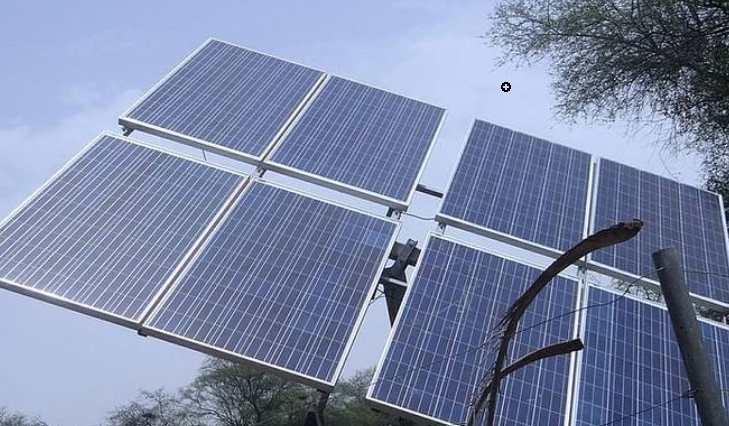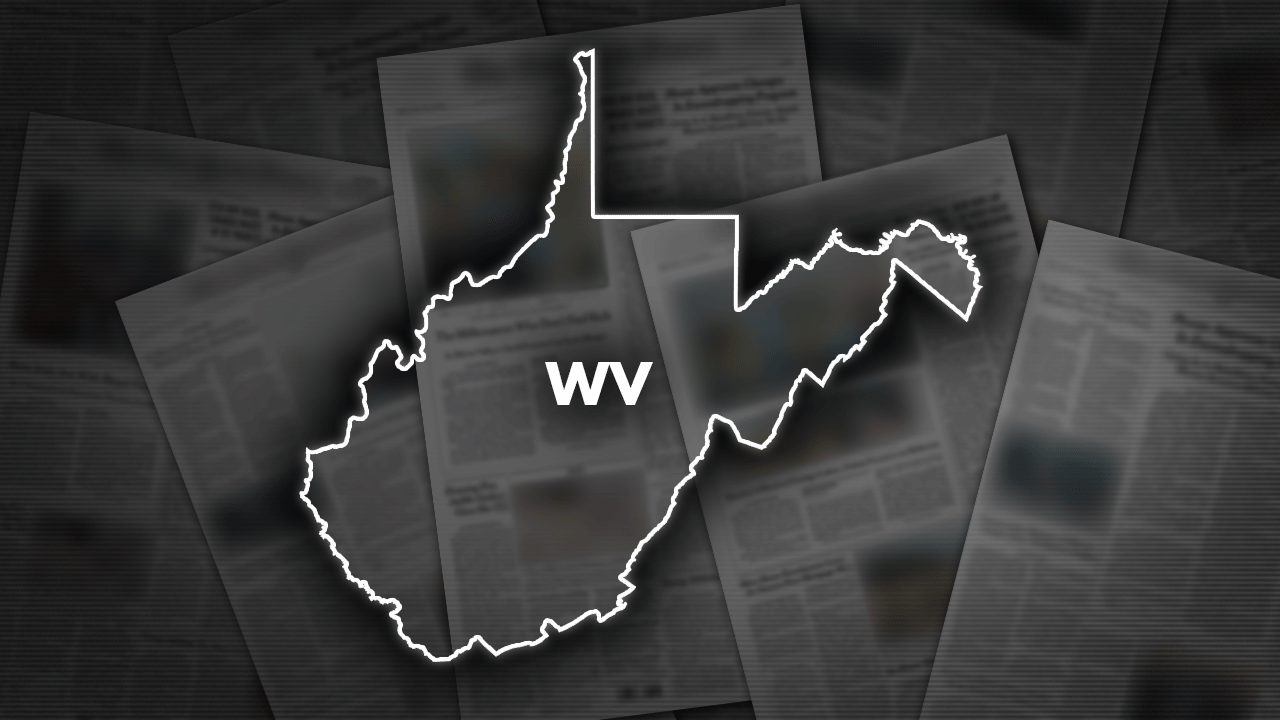The University of Alaska and the Alaska Graduate Workers Association have reached an agreement on a labor contract that would last from July through the end of 2026, the university said Tuesday.
The university described the pact as a “tentative initial agreement” that must go through more steps. The agreement must be approved by the university Board of Regents and the state Department of Administration, as well as be ratified by the union. The university plans to submit the request for the Legislature to fund it before the end of the legislative session, scheduled to happen by May 15.
UA President Pat Pitney said the university administration’s goal throughout negotiations was to support “fair compensation increases” for graduate students with a contract that was financially sustainable.
“I’m incredibly grateful for the hard work put in over the last several days that allowed us to reach an agreement,” Pitney said in the prepared statement announcing the agreement. “We look forward to submitting it for legislative consideration this session.”
Union bargaining committee member Abigail Schiffmiller said Tuesday evening that the union aims to ratify the agreement within 24 hours to allow time for the Legislature to fund it.
Schiffmiller, a Ph.D. student and research assistant in biology at the University of Alaska Fairbanks, said the agreement addresses all of the critical issues raised by union members. They include increasing pay, allowing bargaining over health insurance in the future, and requiring that if employees lose their jobs, the university must prove there was a just cause. It also allows the union to file grievances over discrimination and sexual harassment. And she said it would help both the university — by allowing students who had been under financial pressure to focus on research — as well as the state, by making the university more competitive in attracting grad students to Alaska, who may stay after they graduate.
The graduate student workers voted to unionize in October and marched in protest Monday to increase pressure for a contract. On Friday, a Fairbanks Superior Court judge issued a temporary restraining sought by the university that blocked the students from striking.
The university said it took 96 days of negotiations to reach an agreement, in contrast with a national average of 465 days for a union’s first contract agreement.
The terms of the agreement include increasing minimum pay for master’s degree students by 14%, to $24.50 per hour, and by 17% for Ph.D. students, to $29 hourly, according to the university statement.
The terms include fee waivers for union members, and up to three weeks of unpaid family leave and 20 hours of scheduled leave per semester. The agreement also includes grievance procedures and continued health insurance coverage, as well as union input on future insurance changes. The cost of insurance is set to increase by $400,000, to be covered by the university, according to the statement.
The three universities in the statewide system have a total of 23 Ph.D. programs, more than 60 master’s programs, as well as graduate certificate programs.
Originally published by the Alaska Beacon, an independent, nonpartisan news organization that covers Alaska state government.











:quality(70)/cloudfront-us-east-1.images.arcpublishing.com/adn/RURXDWAHPVEOZP7CA6ER5BFDDE.png)





)















